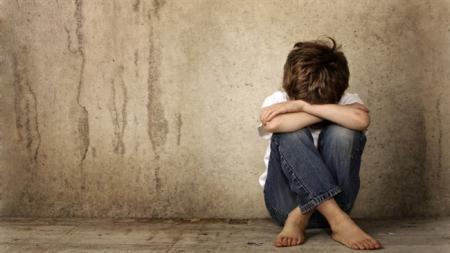
Anne Longfield, the children’s commissioner for England, said it was impossible to know the true total and the numbers she had uncovered in a report were ‘only the tip of the iceberg’, reported the Guardian.
Longfield and a team of experts calculated that among the children in jeopardy were 580,000 receiving some form of care or support from the state, 670,000 whose families were seen as vulnerable and 370,000 whose actions put them at risk.
Within the last group, Longfield found, were an estimated 46,000 or more gang members aged 10 to 18, almost 55,000 children reported as missing and nearly 160,000 excluded from school.
The category of children in vulnerable families included more than 27,000 children living with an adult currently having drug or alcohol treatment and almost 120,000 who were homeless or living in temporary accommodation.
Those getting support from the state included almost 400,000 children deemed in need and more than 30,000 involved with the criminal justice system.
The report listed a fourth broad category, that of children who experienced long term health or mental health problems, or who had special educational needs or a disability, which covered a total of 2.3 million.
The team stresses that while all efforts were made to avoid double counting within each broad category, many children would face vulnerabilities or risks across more than one, meaning a combined total can not be safely estimated.
Longfield said: “The truth is nobody knows the exact number of vulnerable children. We can trace in minute detail the academic progress of a child from four to 18 and beyond, but when it comes to describing and assessing the scale of negative factors in a child’s life which will hamper their progress, we are floundering.
“What we do know is that even these numbers are unacceptably high. Our ambition as a nation should be for all our children to live happy and healthy lives. This report shows that millions are not doing so — and that has to change.”
She added it was “shocking that half a million children — a number equivalent to the entire population of Manchester — need direct intervention or care from the state because they are living vulnerable lives”.
The report acknowledged the broad remit of the definition, listing 32 areas in which children could be deemed vulnerable including slavery, trauma, family problems, parental unemployment and poverty.
They were defined as needs or barriers the children face which “may make them likely to live healthy, happy, safe lives, or less likely to have successful transitions to adulthood”.
